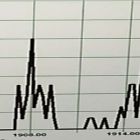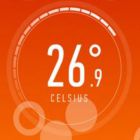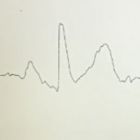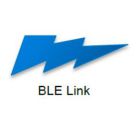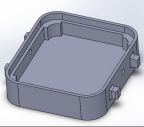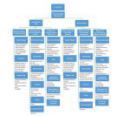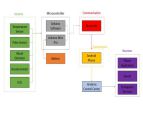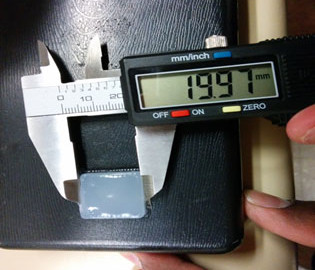By Ali Etezadkhah – Project Manager
While were able to print structures that were well within our stated tolerances, the process is cumbersome at the moment. There are several features that are missing from the current design, most of which can be easily added to the printer.
- The aluminum printing plate is too thin and lacks rigidity. We were unable to tightly fasten it to the cooler because of its thinness. As an added bonus, a thicker plate has more heat capacity and will serve to limit temperature fluctuations.
- There is no mechanism to level the plate at this time. A level plate is an absolute necessity for any type of 3D printing. This can be easily done by fastening the new plate in 3 places. It only takes 3 points to define a plane and it is far easier to level a plate with 3 screws and springs.
- There is no mechanism to easily adjust the height of the nozzles. Next to the levelness of the plate, the distance between the nozzle and printing plate is also very important. If the nozzle is too far, the gel won’t stick to the plate and if it’s too close, the flow of gel is blocked. Ideally the distance should be 0.1 mm, about the thickness of a sheet of paper.
- The extruder housing needs to be redesigned with a larger whole on the bottom. Since we added heating resistors to the dispensing needle, the syringe can no longer be taken out without removing the dispensing needle. With a larger whole, it will be far easier to fill the syringe.
We would like to thank the Electrical Engineering Department, Biomedical Department, Mr. Gary Hill, Mr. Larry Harmon, Dr. Maryam Moussavi, Dr. Christopher Druzgalski, Mr. Darshit Makawana, and last semester’s biomedical project team for helping us take this project to the next level.

